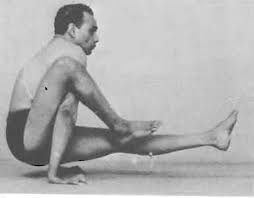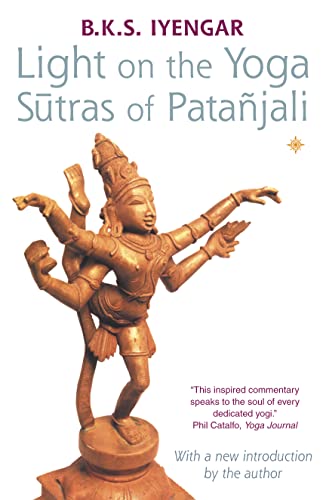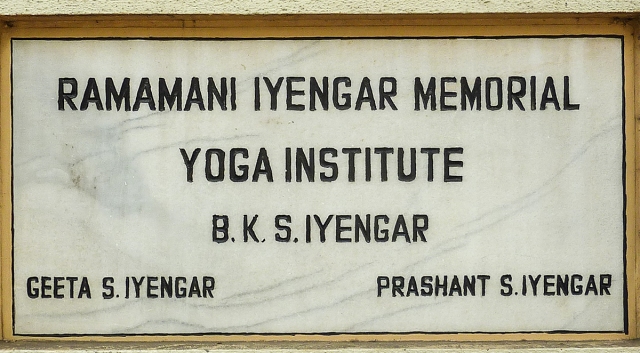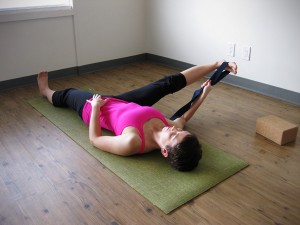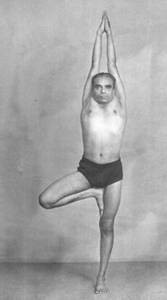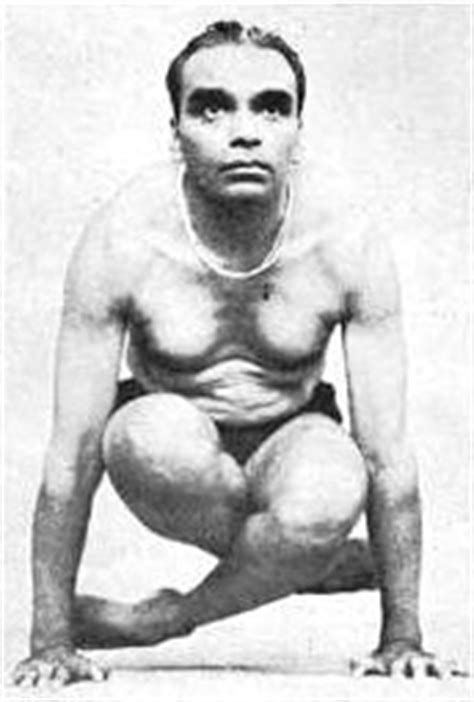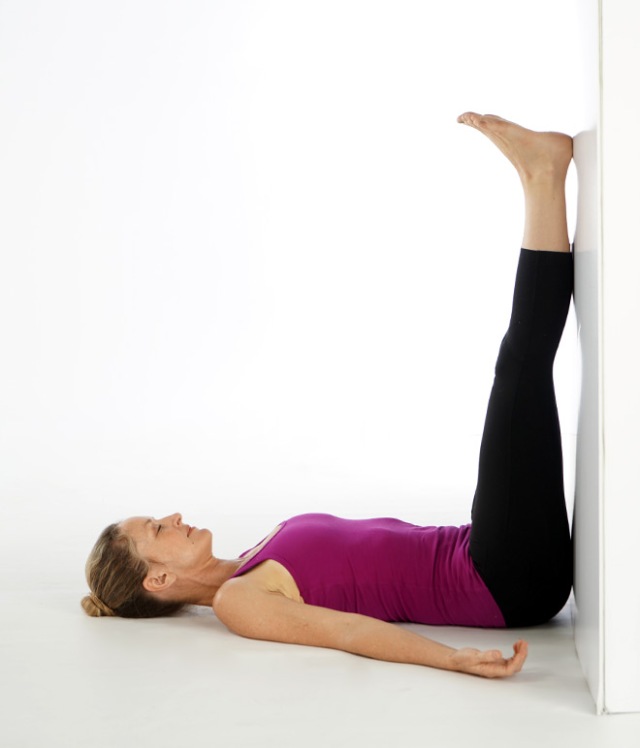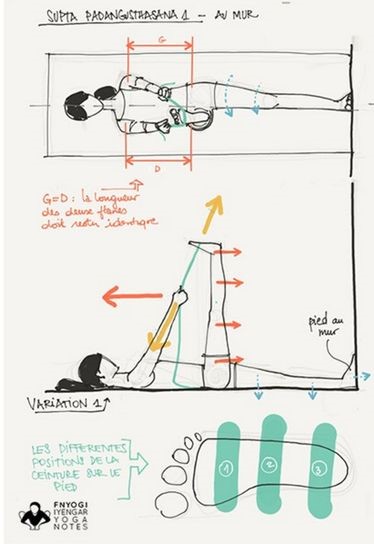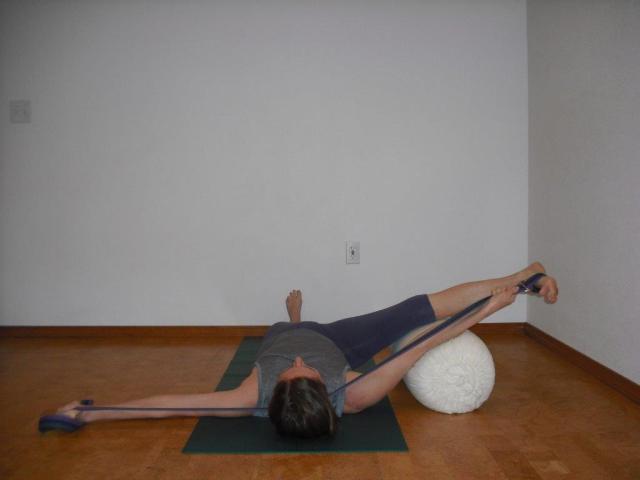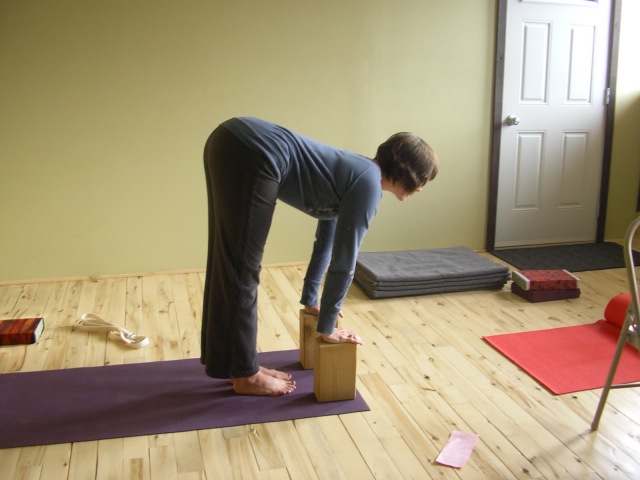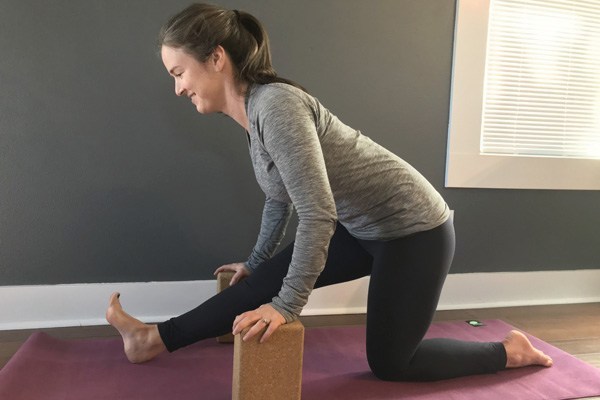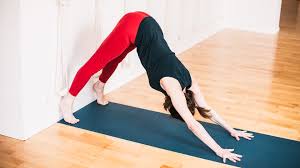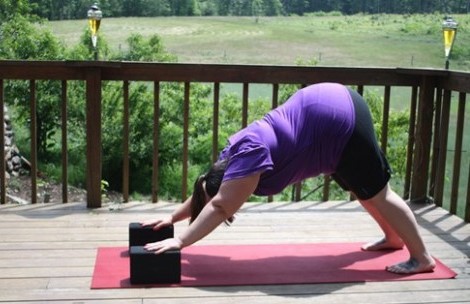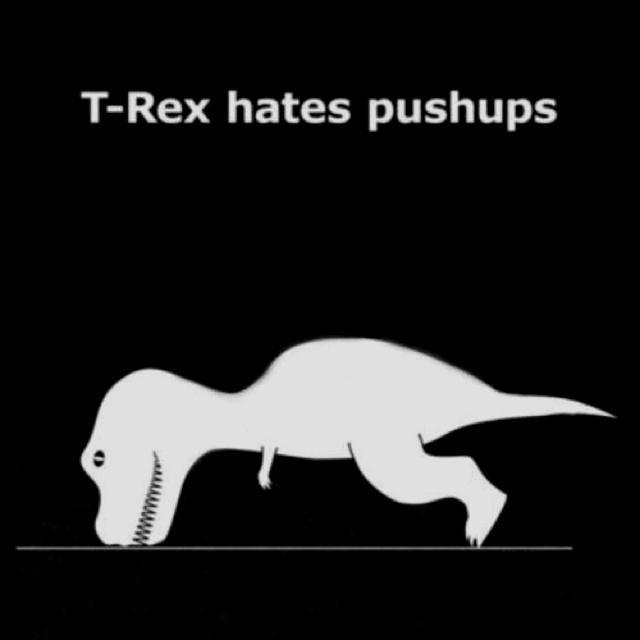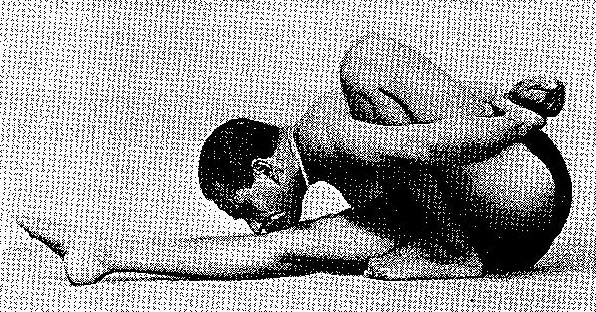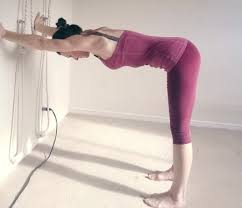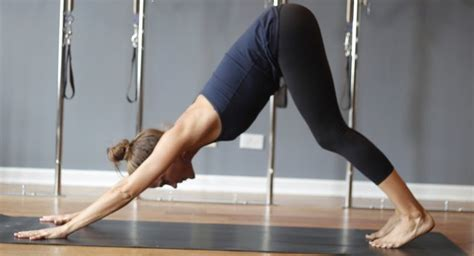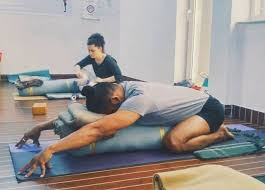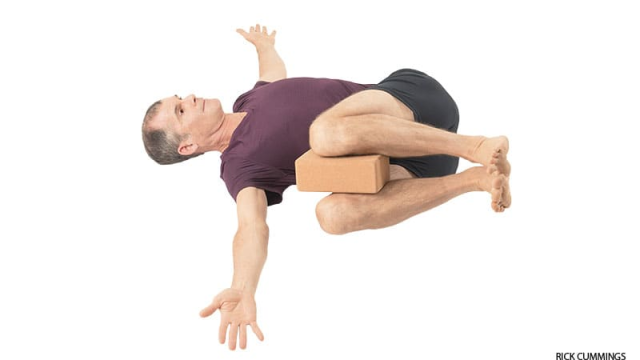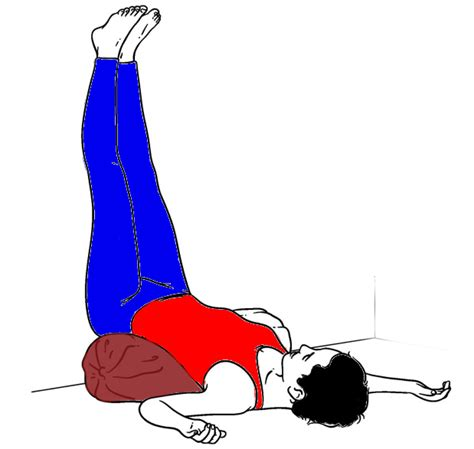Caution: this post is about subtleties in Padmasana and variations. I assume you already know how to sit in Padmasana without pain, how to externally rotate your legs and keep space in your inner knee. Please do not attempt Padmasana on your own without guidance of a teacher, and always come out of any pose if you have pain, but especially in Padmasana, knee pain.
I’m pretty sure most people who come across this blog think I am extremely flexible. I’d wager that one of the firsts adjectives that people associate with yoga teachers is flexible. When I started yoga, I didn’t feel flexible, but after practicing and teaching for so long, I have to recognize that I was already more flexible than the average Joe, thanks to years of dance classes and aikido in my youth.
However, there is one spot in which I am not, and have never been, flexible: my hips. It’s gotten better with years of practice, of course. Yet my knees still fly up when I sit in Badakonasana when I’m not warmed up, and when I moved to NYC a few years ago, the first time teachers at the institute would see me in Supta Padangusthasana III they’d come over thinking I wasn’t understanding the pose. Nope, I’m really at my max…
One of my favorite poses when I started practicing was Parivrtta Ardha Baddha Padmasana / Utthita Parsva Ardha Padmasana. I would feel a decent amount of stretch in my groin, which in the beginning made it so that I wouldn’t be able to stay in the twist that long, but reaching with my arm to catch my foot behind my back would give me the most pleasurable feelings in my lower back (don’t judge). With time, I would be able to stay longer in Ardha Padmasana, until I didn’t feel my groins so much anymore.
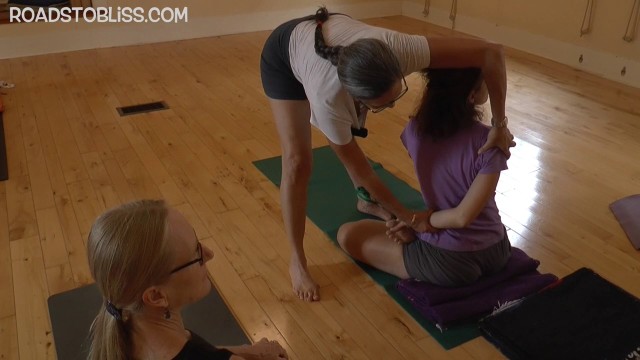
Utthita Parsva Ardha Padmasana / Roads to bliss class with senior teacher Rebecca Lerner
I had won a battle, but not the war. Sitting in full Padmasana was still out of my reach. For the longest time I would be able to put my legs in Padmasana for only a couple of seconds until I had to come out, my groins on fire. Then I could stay for a little longer, but started having difficulties breathing in the pose, to the point that being in Padmasana would almost trigger something akin to a panic attack. I realized that sitting on a blanket would help tremendously by slightly tilting my pelvis forward, and practiced that way for a good six months.
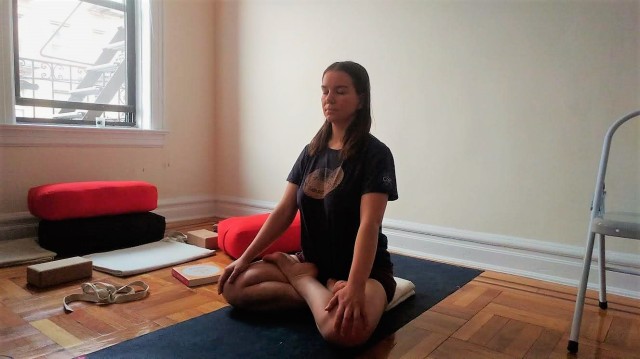
Padmasana sitting on a blanket to help the pelvis tilt slightly forward.
Now it’s been a couple of years since I can sit in padmasana, still for relatively short periods of time. It’s not comfortable. I’m not ready to do pranayama in padmasana. My padmasana is still a loose one. And that’s all good. Do you know how sometimes you feel stuck and stalled, and suddenly you feel like you progress with leaps and bounds? That’s what has happened with me and Padmasana recently, or rather me and Supta Padmasana.
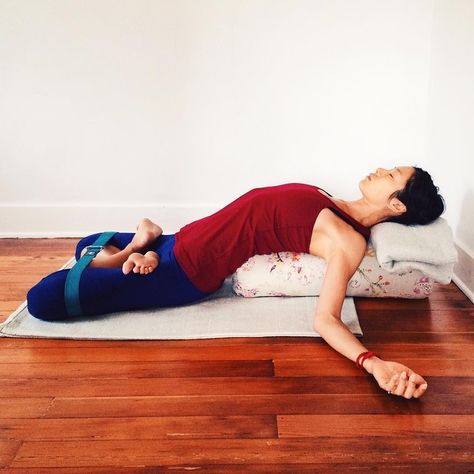
Supta Padmasana by Ellen Huang Saltarelli (I believe). For years even looking at this picture would make my groins wince, very unlike the blissful look people in the pose always seem to have.
I’ve envied people who can easily get into Padmasana, not so much for the Padmasana itself, but Supta Padmasana. I see people lying in Supta Padmasana and they look like they found bliss. I lie in Supta Padmasana and all I feel is my groins burning. Let me correct that: I try to lie in Supta Padmasana and end up in a weird midway supported position where my hips are most certainly not in extension but a rather awkward flexion, with a bolster under my knees and one under my back, and yet after 30 seconds I have to get out. Supta Ardha Padmasana would hardly be better until a few months ago.
It’s quite fascinating; I was in a class with Patricia Walden pre-covid, which means it had to be in January or February of this year, and we did Supta Padmasana, or rather I attempted it and got out very quickly. So less than six months ago. Yet as I am now writing about Supta Padmasana, you must’ve gotten the gist that something changed for me. And yes, for the past few weeks something shifted and I am now able to lie in Supta Padmasana relatively comfortably for a few minutes at a time, with only a bolster under my chest. My knees are both resting down on the floor. And it all boiled down to the realization that is this post’s title: releasing is an action. I need to actively lengthen from my hip to the inner groin to bring my knees down to the floor, and when I do that, somewhat counter-intuitively, my groins do not hurt. It’s honestly life-changing for me, as I had thought and kind of resigned myself to the fact that I would never be able to have my hips extended with my legs in Padmasana.




